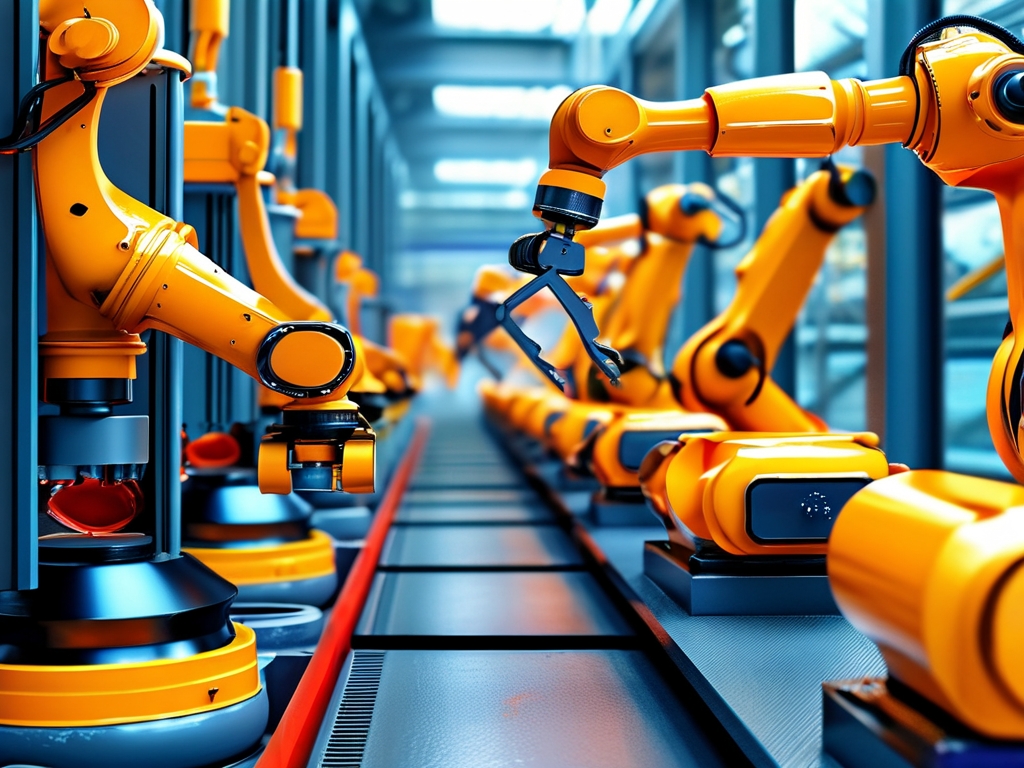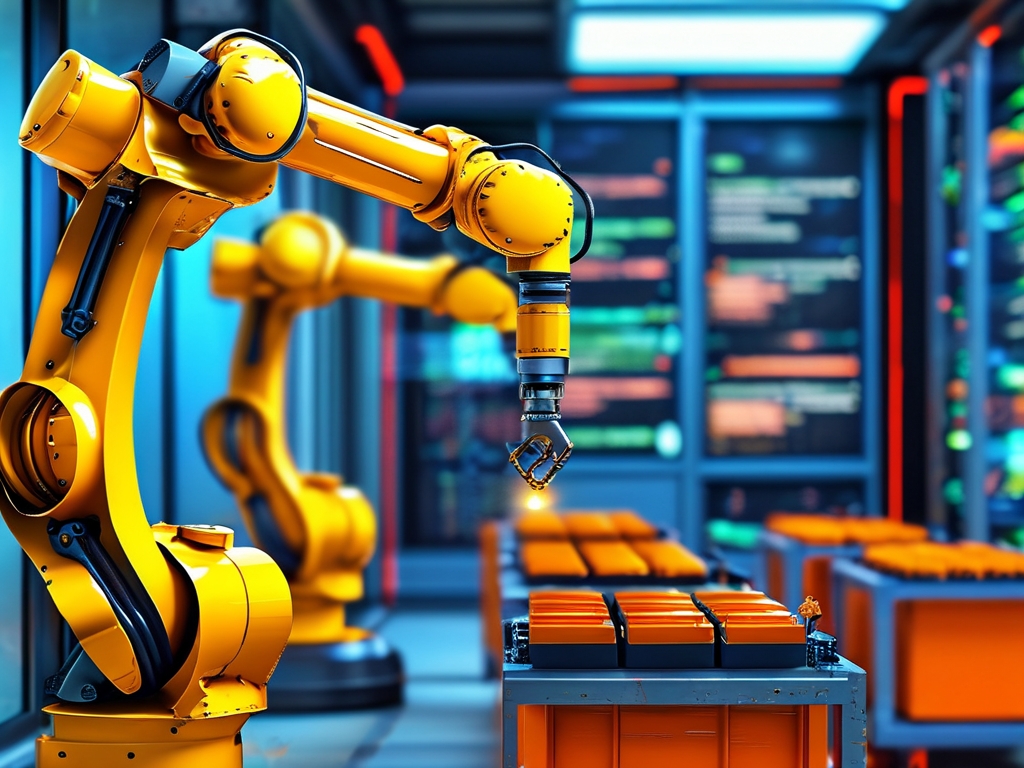The concept of automated deployment has revolutionized software development, enabling organizations to deliver applications faster, reduce human error, and scale operations efficiently. To understand its significance, we must explore its historical roots, technological advancements, and the challenges that shaped its evolution.
Early Days: Manual Deployment and Its Limitations
In the pre-internet era (1960s–1980s), software deployment was a labor-intensive process. Programs were written for mainframes or early computing systems, and deploying updates required physical intervention. Engineers manually loaded code via punch cards or magnetic tapes, a process prone to errors and delays. For example, a single typo in a punch card could halt an entire system, requiring hours of debugging.
The rise of personal computers in the 1980s introduced new complexities. Software began targeting diverse hardware configurations, forcing developers to create multiple versions of their applications. Deployment involved mailing floppy disks or CDs to users, followed by manual installation. This approach was unsustainable as networks expanded and software grew more sophisticated.

The Birth of Scripting and Basic Automation
The 1990s marked a turning point with the advent of scripting languages like Bash and Perl. System administrators started writing scripts to automate repetitive tasks such as file transfers or server configurations. Tools like Make (1976) laid the groundwork for dependency-based automation, allowing developers to compile code and deploy parts of an application systematically.
However, these early scripts were fragile. They lacked standardization and often failed when environments differed between development and production. The rise of client-server architectures further complicated deployment, as applications now relied on distributed systems.
Continuous Integration and the DevOps Movement
The early 2000s saw the emergence of Continuous Integration (CI), pioneered by tools like CruiseControl (2001). CI encouraged developers to merge code into a shared repository multiple times a day, triggering automated builds and tests. This reduced integration conflicts and improved code quality.
The term "DevOps" gained traction around 2009, bridging the gap between development and operations teams. Tools like Jenkins (2011) and Chef (2009) enabled Infrastructure as Code (IaC), allowing teams to define server configurations programmatically. For the first time, deployment pipelines could replicate environments consistently, minimizing the "it works on my machine" dilemma.
Cloud Computing and Containerization
The proliferation of cloud platforms (e.g., AWS in 2006, Azure in 2010) reshaped deployment strategies. Cloud services abstracted hardware management, enabling teams to provision resources on-demand. This era also introduced microservices, where applications were broken into smaller, independently deployable components.
A breakthrough came with Docker (2013), which popularized containerization. Containers encapsulated applications and dependencies into portable units, ensuring consistency across environments. Orchestration tools like Kubernetes (2014) automated scaling and recovery, making large-scale deployments manageable.
Modern Era: GitOps and AI-Driven Pipelines
Today, GitOps has become a dominant paradigm. By using Git repositories as the "source of truth," teams automate deployments through pull requests and version-controlled configurations. Tools like Argo CD and Flux synchronize cluster states with repository changes, enhancing auditability and rollback capabilities.
Artificial Intelligence is now entering the scene. AI-powered systems analyze deployment logs to predict failures or optimize resource allocation. For instance, Netflix’s Spinnaker incorporates machine learning to assess deployment risks, while startups leverage AI to auto-generate deployment scripts based on natural language prompts.
Challenges and Ethical Considerations
Despite progress, automated deployment faces challenges. Security vulnerabilities in pipelines (e.g., compromised API keys) remain a critical concern. Over-reliance on automation can also lead to skill atrophy, where engineers struggle to troubleshoot manual failures.
Ethically, the shift toward automation raises questions about job displacement. While repetitive roles diminish, new opportunities emerge in pipeline design and AI oversight. Organizations must balance efficiency with workforce reskilling.

The Future: Autonomous Deployment Ecosystems
Looking ahead, deployment pipelines will likely become self-healing and context-aware. Imagine systems that deploy code only after analyzing user traffic patterns or cybersecurity threats in real time. Edge computing and 5G will further decentralize deployment, pushing updates directly to IoT devices or autonomous vehicles.
Automated deployment has evolved from manual, error-prone processes to intelligent systems that drive modern software delivery. Its history reflects broader technological shifts—from mainframes to AI—and underscores the industry’s relentless pursuit of efficiency. As tools grow more sophisticated, the focus will shift from "how to deploy" to "how to deploy responsibly," ensuring speed never compromises security or human ingenuity.









